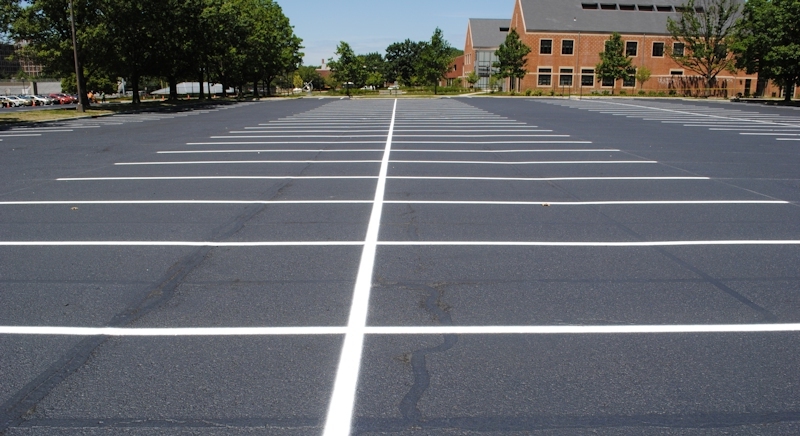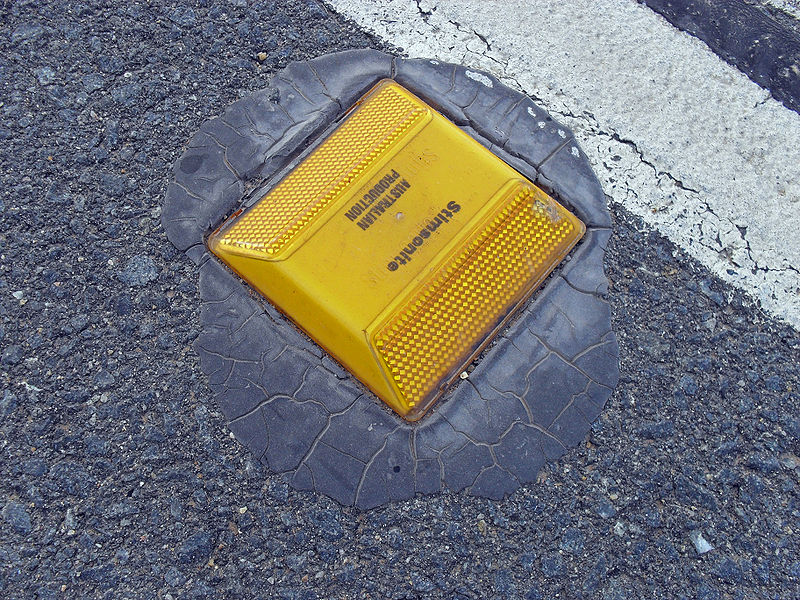

- PAVEMENT REFLECTORS INSTALL
- PAVEMENT REFLECTORS DRIVERS
- PAVEMENT REFLECTORS DRIVER
- PAVEMENT REFLECTORS SERIES
PAVEMENT REFLECTORS DRIVERS
These improve the night vision and help the drivers in adverse weather conditions. Road studs are reflective power cell used on roads to highlight the road edges are centre line of the road. It comes in blue, green, yellow, white, and red colours. It is mainly used for the purpose of visual lane marking, tactile lane marking and special feature marking. It is available in various colours and is popular in many different countries. These consist of two reflective curved surfaces that are fitted into a white rubber dome that is placed on cast-iron housing. These come in variety of shapes like round or curved. Also, it serves for the purpose of indicating lane closures. These have one or more reflective strips. These are usually tall such that they can hit the tyre of the vehicle as well as the vehicle body itself. Unlike other devices, these delineators are not be touched by passing vehicles except in case of the vehicle being out of control. These are pylon that are placed on the surface of road or at the edges for channelizing the traffic. It is not suitable for areas of snow as they get covered up which is not effective as safety markers.

They appear as dots and are placed on highways with the help of epoxy as a gluing substance. These are nonreflective markers on the road that are yellow or white in colour and are made of plastic or ceramic. It is usually yellow in colour and is attached to the yellow strips on road. It is effective in highways, near toll plazas, city roads, and so on.
PAVEMENT REFLECTORS DRIVER
Whenever a vehicle runs over such reflectors, a jerk is felt by the vehicle driver which immediately alerts him that he is going out of the lane. It is often used in the road for dividing lanes in case dividers are not provided.

Such lines are covered with raised jolts which are sometimes coated with high reflective indexed material. Some other names for specific types of raised pavement markers include convex vibration lines, Botts’ dots, delineators, cat’s eyes, road studs, or road turtle.įig 1: Some types of raised pavement markersĬourtesy: Traffic Supplies and Distribution Nowadays, such reflectors have in-built light in them that emit lights which keep on blinking at night for safety purposes. There are also non-reflector raised pavement markers like that of ceramic but these have disadvantages as they are not effective during night time.

These can be made up of ceramic, plastic, fibre, metal, concrete, glass, steel, etc. To use Markers with PSA pads, a liner is removed from the adhesive pad on the bottom of the Marker before it is placed onto the road surface.Raised pavement markers are reflectors on roads provided for safety purposes. The use of any other type of adhesive should be thoroughly evaluated prior to any large-scale application.The Markers may also be fitted with pressure sensitive adhesive (PSA) pads. The Markers include retroreflective elements that provide wet retroreflectance, dry retroreflectance, long-term nighttime visibility and are available in white, yellow, red, blue, or green.The Markers have been designed to be applied directly to pavement surfaces and are compatible with commercially available bitumen and epoxy adhesives. Except for the color requirements for green lens, the Markers meet the requirements of ASTM D4280.The Marker bodies are made from an engineered thermoplastic that provides impact resistance and weatherability. The Markers have been designed to provide highly effective, long-term nighttime visibility in non-snow plow regions.
PAVEMENT REFLECTORS SERIES
Finger grips make handling easy and installation simple.ģM™ Raised Pavement Marker Series 290 (“Markers”) are designed for application on asphalt and Portland cement concrete road surfaces.
PAVEMENT REFLECTORS INSTALL
Install them on concrete or asphalt with the supplied pressure-sensitive adhesive pad. These highly-reflective, durable markers feature 3M™ Diamond Grade™ microprismatic optics and a ceramic lens coating to provide resistance to abrasion and cracking.


 0 kommentar(er)
0 kommentar(er)
